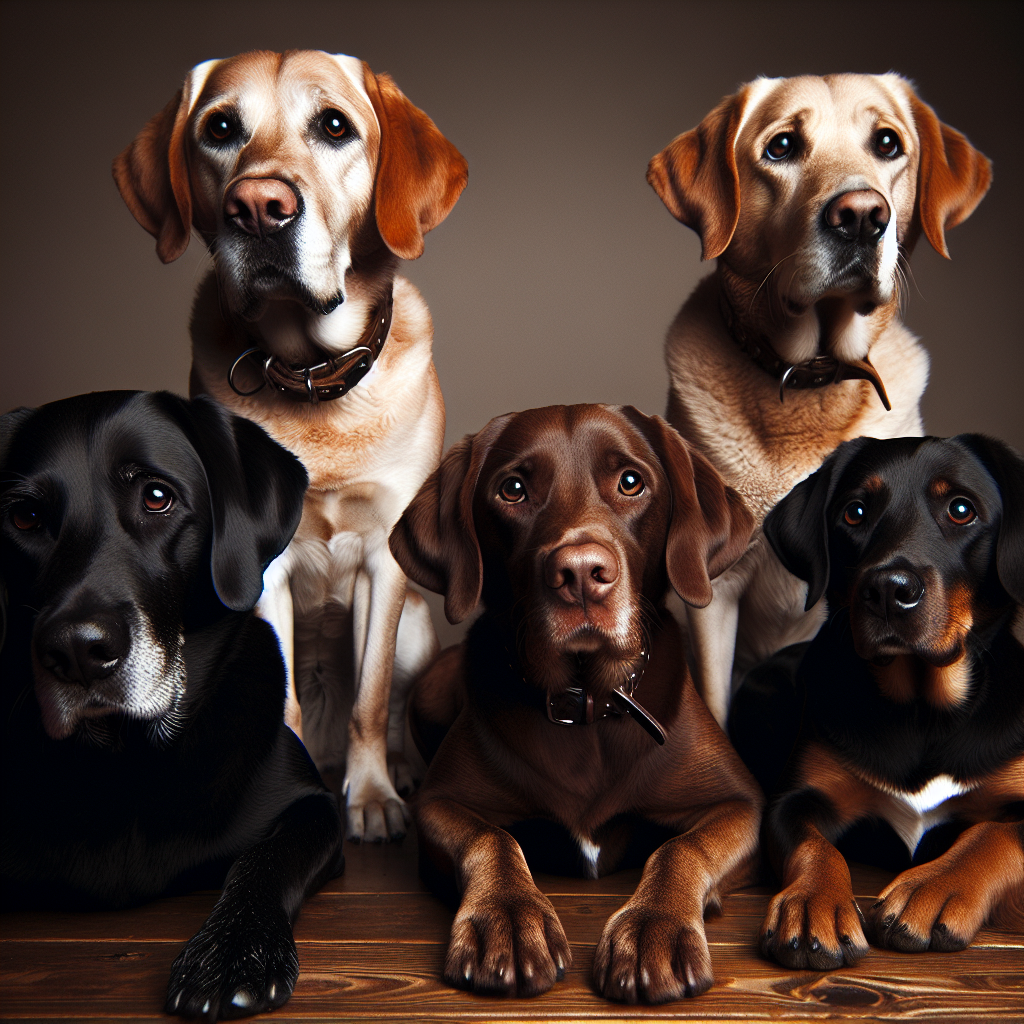Dogs are one of the most popular and beloved pets in the world, but have you ever wondered where they came from? The evolution of dogs is a fascinating journey that dates back thousands of years. In order to understand the origins of dogs, we must look at the ancestral species from which they evolved.
Recent research and genetic studies have shed light on the origins of dogs and their evolutionary path. By tracing their lineage back to the grey wolf, scientists have been able to piece together the puzzle of how dogs evolved from their wild ancestors. In this article, we will explore the fascinating history of dogs, from their earliest origins to the diverse breeds we know and love today. Join us as we delve into the world of canine evolution and uncover the incredible story of how man’s best friend came to be.
What are the evolutionary origins of dogs?
Dogs are believed to have evolved from wolves over tens of thousands of years through a process called domestication. This gradual transformation was influenced by human interaction and selective breeding, resulting in the wide variety of dog breeds we see today. To learn more about the fascinating journey of dog evolution and the specific characteristics that distinguish them from their wolf ancestors, continue reading below.
What did dogs evolve from?
The domestic dog, Canis lupus familiaris, is a domesticated form of the gray wolf, Canis lupus. Dogs have been domesticated for thousands of years, with some estimates suggesting that the process began as early as 20,000-40,000 years ago. Through selective breeding, humans have shaped dogs into the wide variety of breeds that exist today.
Genetic evidence
Recent studies have provided evidence that dogs evolved from wolves in two different locations. One study suggests that domestication occurred in Central Asia, while another indicates that it may have taken place in Europe. Regardless of the exact location, it is clear that dogs are descended from wolves.
Physical differences
While dogs and wolves share many similarities, there are also key differences that have developed through the process of domestication. For example, dogs have smaller skulls, smaller teeth, and floppy ears compared to their wolf ancestors. These changes are believed to have been influenced by human preferences for certain physical traits.
Behavioral changes
In addition to physical differences, dogs have also undergone changes in their behavior compared to wolves. Dogs are generally more social and less aggressive than wolves, traits that have been selected for over generations of breeding. This has allowed dogs to form strong bonds with humans and to become valuable companions.
Continued evolution
While the process of domestication has transformed wolves into the diverse array of dog breeds we see today, evolution continues to shape the dog population. Genetic studies have shown that dogs are still changing, with new mutations arising and spreading through the population. This ongoing evolution ensures that dogs will continue to adapt to their environment and to the needs of their human companions.
According to a recent survey, there are over 89 million pet dogs in the United States alone, highlighting the enduring bond between humans and their canine companions.
Conclusion
The evolution of dogs is a fascinating journey that traces back to their ancestor, the gray wolf. Through domestication and selective breeding, dogs have evolved from their wild counterparts to the diverse and beloved pets we know today. This transformation was driven by the close relationship between humans and dogs, which led to dogs adapting to various roles such as hunting partners, herders, and companions. The genetic evidence supports the theory that dogs originated from wolves in Eurasia and then spread across the continents through human migration and trade.
Furthermore, the process of domestication played a crucial role in shaping the physical and behavioral characteristics of dogs, leading to the wide range of breeds we see today. The genetic studies have revealed that all modern dog breeds share a common ancestry with wolves, highlighting the deep connection between these two species. Despite their extensive diversity, dogs retain many characteristics inherited from their wolf ancestors, such as social behavior, pack mentality, and hunting instincts. Overall, the evolution of dogs from wolves to domesticated companions is a testament to the enduring bond between humans and animals, showcasing the remarkable adaptability and resilience of both species.




